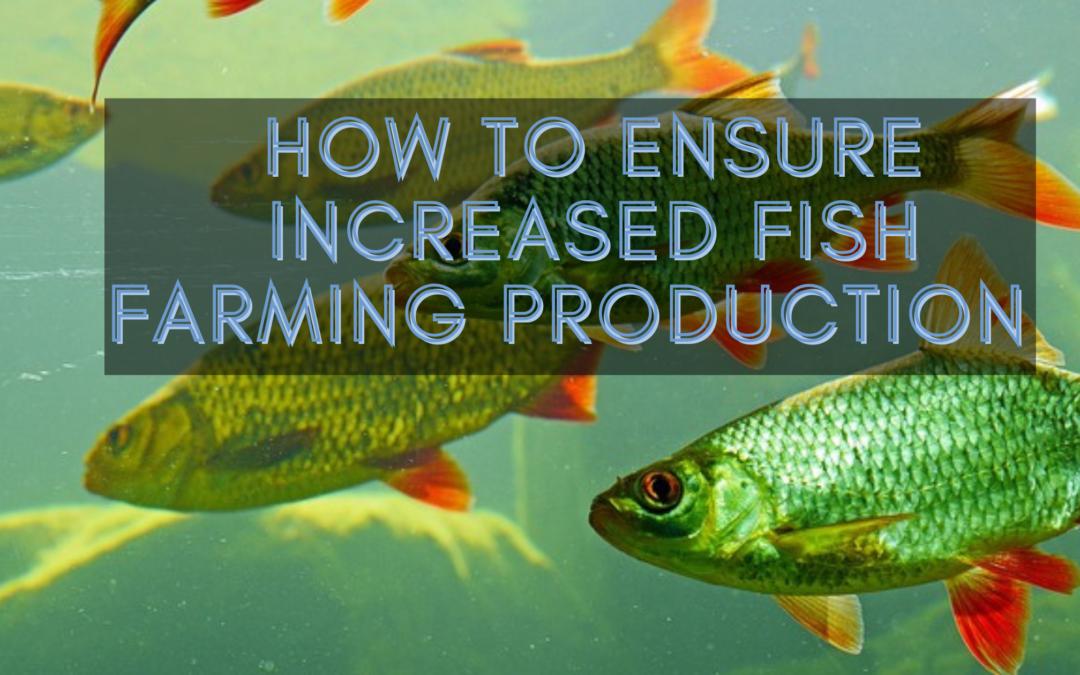When engaging in fish farming, there are key factors that should be put into consideration to ensure peak production. Factors like proper lighting and availability of quality feed and water must be taken into consideration. Feeding plays such an integral part as fish should be provided with fresh, nutritious, and high-quality feed which is essential for proper growth.
Below are some of the key strategies that ensure increased fish production.
Selecting the Ideal Fish Farming Method
There are a number of fish farming methods that one can opt for. For example, the use of cage systems in lakes and around large water bodies. The method is also referred to as offshore fish farming where the fish are kept in artificial cages and are fed. Caged fish farming has experienced technological advances with addressing environmental concerns and reducing disease.

Use of irrigation or a pond system is another fish farming method that can be adopted. It is a unique system as the fish are taken care of at a small scale with the fish waste used as fertilizer for the fields. Most fish ponds are self-sustaining as they grow algae and plants that the fish eat.
Another method of fish farming is the integrated fish farming system. This is where hydroponic beds are placed close to the plastic tanks. Water from the plastic tanks gets circulated through the beds where wastes from the fish meal provide nutrients to plants grown in the beds.
Improved Feed Utilization
If optimal performance is to be realized then there should be best management practices put in place. Such programs should help with improving feeding systems and biosecurity practices. It’s important to note that underfeeding and overfeeding can negatively impact on the health of the fish. Engaging in proper management practices will also help in creating more opportunities for scaling.
Better management practices can be adopted such as: increased natural feed availability, well-adjusted daily feed rations, disease control, feeding, processing of fish, water quality management, and marketing. When getting started, one should ensure that there is a consistent supply of quality water. The temperature of the water should also be checked to ensure that it is optimum for the fish.
There should be easy access to the fish pond for feeding and harvesting purposes. Apart from feed, there are also fish farming tools that should be put in place. These include feeders, lighting, heating, and cooling systems, and water treatment products, amongst others.
Make the Fish Farm environmentally Sustainable
This begins by choosing the right location for your farm. The preferred location should not be one that threatens biodiversity. Everything arising from the fish farms (such as pH levels) has the potential to threaten the ecosystem and damage biodiversity.
Success in fish farming requires commitment and in-depth knowledge on how to go through the processes. Visit EAT Community to learn more about how to make your fish farm more productive.
Related Articles and Resources:
- Fish Farming Techniques, Methods, and Benefits
- Fish Farming Management Practices to Observe
- Do You Want To Build A Natural Fish Pond in your Backyard?



